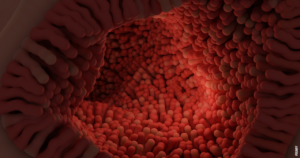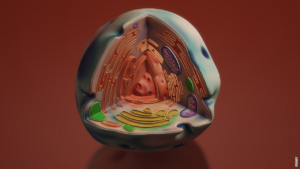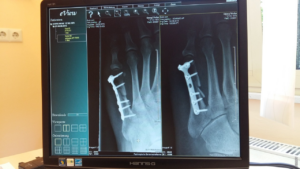Unmasking the Silent Killer: Heart Attack
Have you ever wondered what exactly happens when someone experiences a heart attack? Join us on a journey through the intricate workings of the human heart and the devastating consequences of a cardiovascular catastrophe.
The Anatomy of a Heart Attack
At its core, a heart attack, also known as a myocardial infarction, occurs when the blood flow to a section of the heart muscle is blocked. This blockage is often caused by a buildup of plaque, consisting of cholesterol and other substances, within the coronary arteries – the blood vessels responsible for supplying the heart with oxygen-rich blood.
The Culprits: Risk Factors and Triggers
While a heart attack can strike anyone, certain factors increase the likelihood of experiencing this life-threatening event. Smoking, obesity, high blood pressure, high cholesterol levels, and a sedentary lifestyle are all known contributors to the development of cardiovascular disease.
Additionally, stress, excessive alcohol consumption, and a diet high in saturated fats can act as triggers, pushing an already compromised heart closer to the edge.
The Silent Saboteur: Coronary Artery Disease
Coronary artery disease (CAD) is often the underlying condition behind most heart attacks. This insidious disease gradually narrows the coronary arteries, reducing blood flow to the heart. In some cases, a blood clot may form on the surface of the plaque, further obstructing the artery and leading to a heart attack.
Unmasking the Symptoms
Recognizing the signs of a heart attack is crucial for prompt medical intervention. While chest pain or discomfort is the most common symptom, other warning signs include shortness of breath, nausea, dizziness, and pain radiating down the left arm or jaw.
Post
Post
The Race Against Time: Seeking Treatment
When a heart attack strikes, every minute counts. Seeking immediate medical help can mean the difference between life and death. Upon arrival at the hospital, doctors may administer clot-busting medications, perform emergency angioplasty to restore blood flow, or even recommend bypass surgery in severe cases.
Prevention is the Key
Preventing a heart attack starts with leading a heart-healthy lifestyle. Regular exercise, maintaining a healthy weight, avoiding tobacco products, and consuming a balanced diet low in saturated fats can significantly reduce the risk of developing cardiovascular disease.
Remember, knowledge is power when it comes to combating heart disease. Stay informed, listen to your body, and take proactive steps to protect your most vital organ – your heart.



